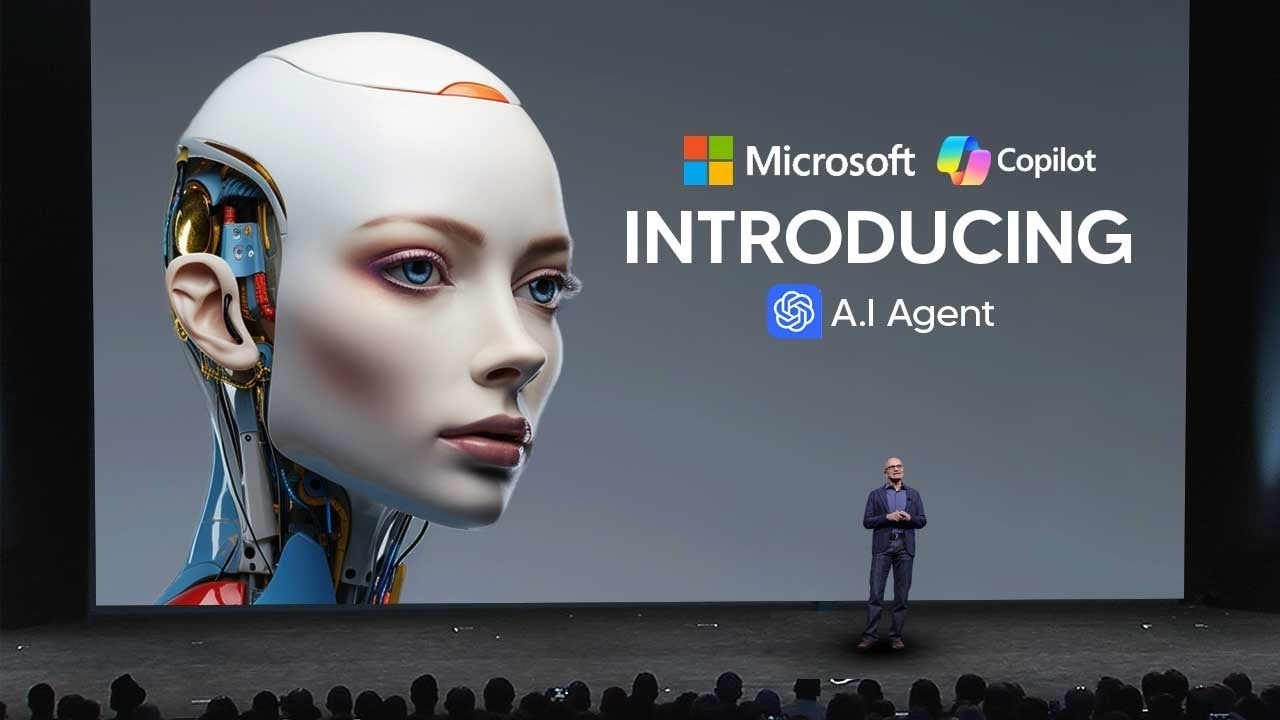Gartner Predicts 40% of Software Will Be Built by AI by 2028. Here’s Why That’s Just the Beginning
Behind the scenes at Microsoft, nearly a third of the company’s codebase is now written by AI. Developers are stunned, and the consequences might outpace even the boldest predictions.


In a landmark 2025 research note, Gartner predicted that by 2028, 40% of all software applications will be built with the assistance of artificial intelligence.
That includes everything from enterprise ERP systems to mobile consumer apps, and it marks one of the most significant transformations in software development since the rise of cloud computing.
But industry experts and recent case studies suggest that even Gartner’s forecast may be conservative.
The Shift from Tool to Teammate
Once seen as a simple tool for autocomplete, AI now participates directly in coding, debugging, testing, and even architectural design. Tools like OpenAI Codex, GitHub Copilot, Amazon CodeWhisperer, and Google’s Gemini for Developers are already accelerating engineering cycles by up to 4x.
According to a 2025 McKinsey Digital report, development teams that implemented AI coding assistants saw project delivery times cut by 25–50%, along with reductions in bugs and technical debt.
“This isn’t automation,” said Dr. Emily Han, an AI researcher at MIT. “It’s augmentation. Developers aren’t being replaced—they’re becoming exponentially more powerful.”
Enterprise Adoption Is Surging
A 2025 survey conducted by Stack Overflow and Accenture revealed that more than 65% of enterprise software teams now use some form of generative AI in development workflows. And in firms with more than 500 developers, that number jumps to 78%.
Industries such as finance, healthcare, telecom, and logistics are embracing AI-powered software design to respond to market demands faster, maintain legacy systems, and ensure compliance through intelligent code auditing.
Microsoft’s CTO Kevin Scott stated at Build 2025 that “AI is not just speeding up engineering—it’s changing what it means to build software.”
The Risks and the Roadblocks
Despite the hype, AI-assisted development isn’t without risks. A 2025 study from Stanford University found that AI-generated code is more likely to include known security vulnerabilities when developers accept suggestions without critical review.
Tools like GitHub Copilot and CodeWhisperer have taken steps to reduce bias and improve transparency, but as noted by the OECD’s AI Policy Observatory, governance frameworks and testing benchmarks remain underdeveloped.
Still, most experts agree that the benefits outweigh the risks—especially when used in tandem with strong human oversight.
Why 40% Is Just the Beginning
Here’s what Gartner didn’t say: by 2028, AI won’t just help build software. It will design it, test it, monitor it, and even optimize it post-deployment.
Already, AI systems are being used to:
Generate UI layouts based on user behavior patterns.
Propose entire architecture diagrams based on business needs.
Refactor legacy codebases without human intervention.
A recent paper published by the Allen Institute for AI suggests that by 2030, as much as 70% of non-critical software components will be built with minimal to zero human input.
What This Means for the Future of Work
AI won’t eliminate developers. But the role will evolve. Software engineers will become orchestrators—designing prompts, supervising models, and validating outputs.
Companies that adapt early will benefit from faster cycles, lower costs, and increased innovation velocity. Those that delay? They risk falling behind.
As Gartner VP Analyst Arun Chandrasekaran puts it: “By 2028, AI won't be an option in software development. It will be the infrastructure.”
Sources:
Gartner Research Report, “AI-Augmented Development Forecast 2025–2028”
McKinsey Digital Insight, “AI Developer Productivity Gains” (2025)
Stack Overflow x Accenture Developer Survey (2025)
MIT Computer Science & AI Lab (CSAIL) Reports (2025)
Allen Institute for AI, “Automation in Software Engineering” (2025)
OECD AI Policy Observatory Brief on Software Safety (2025)
Stanford Secure Code Lab Study (2025)
Microsoft Build Keynote 2025
info@konsultbiz.com
© 2025. All rights reserved.
Disclaimer: All articles represent the author’s views. Although efforts are made to ensure accuracy, no liability is accepted for any errors or misstatements. Please contact us immediately if corrections are needed before taking any legal or public action.


